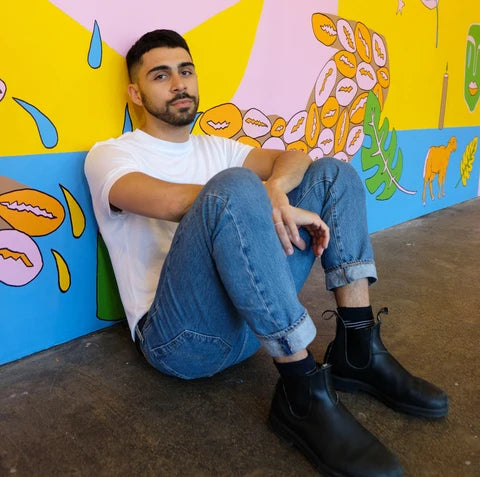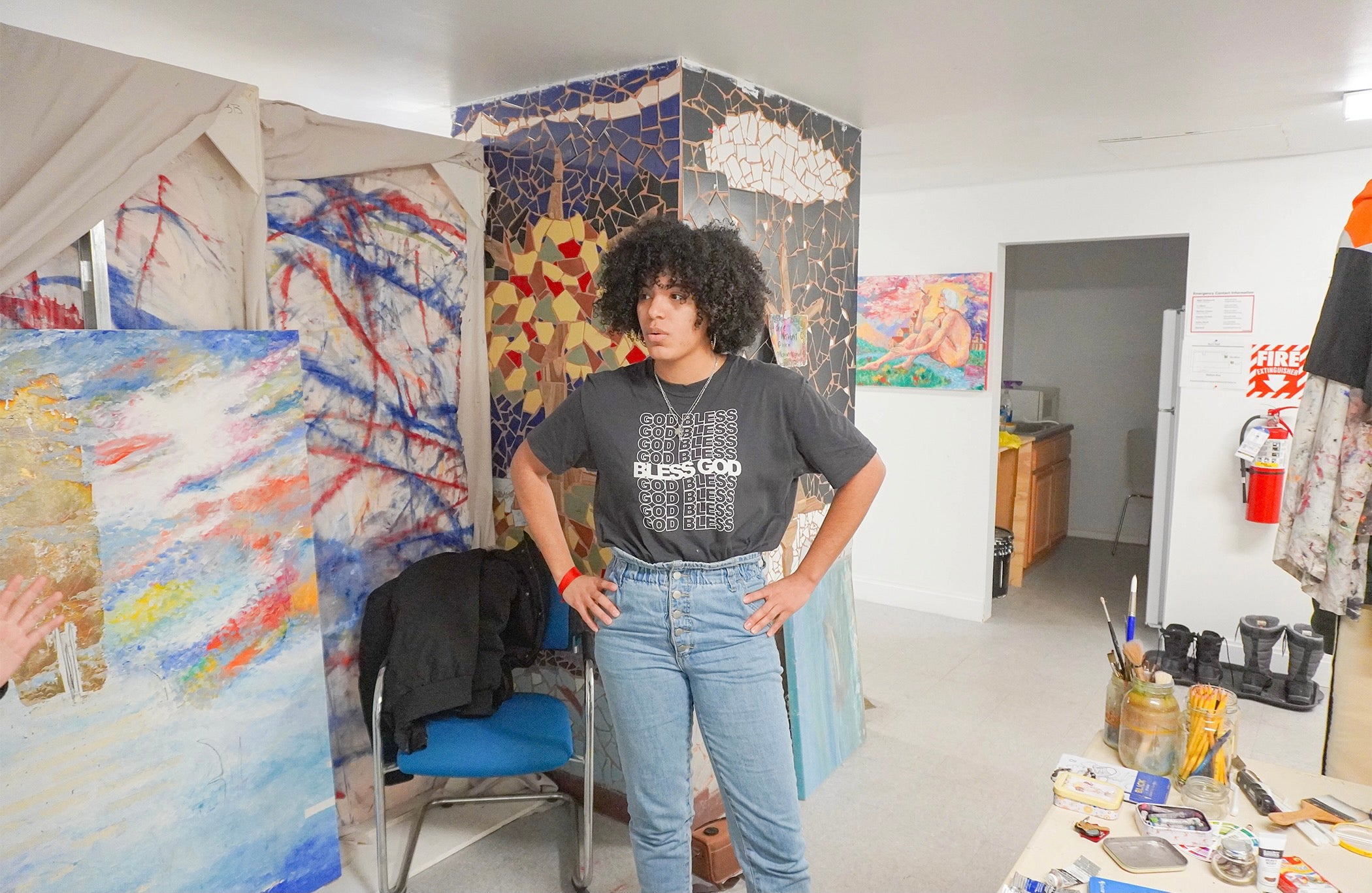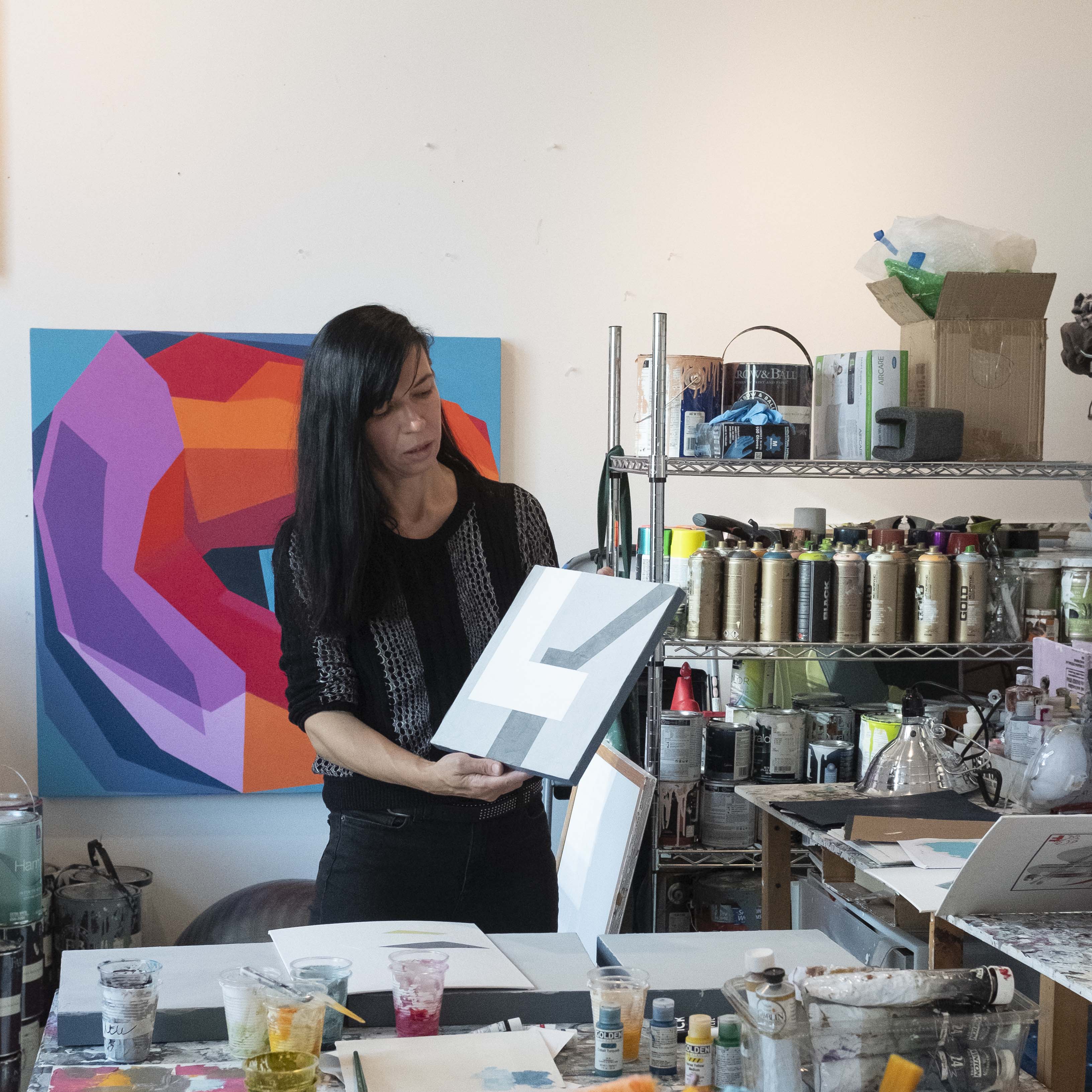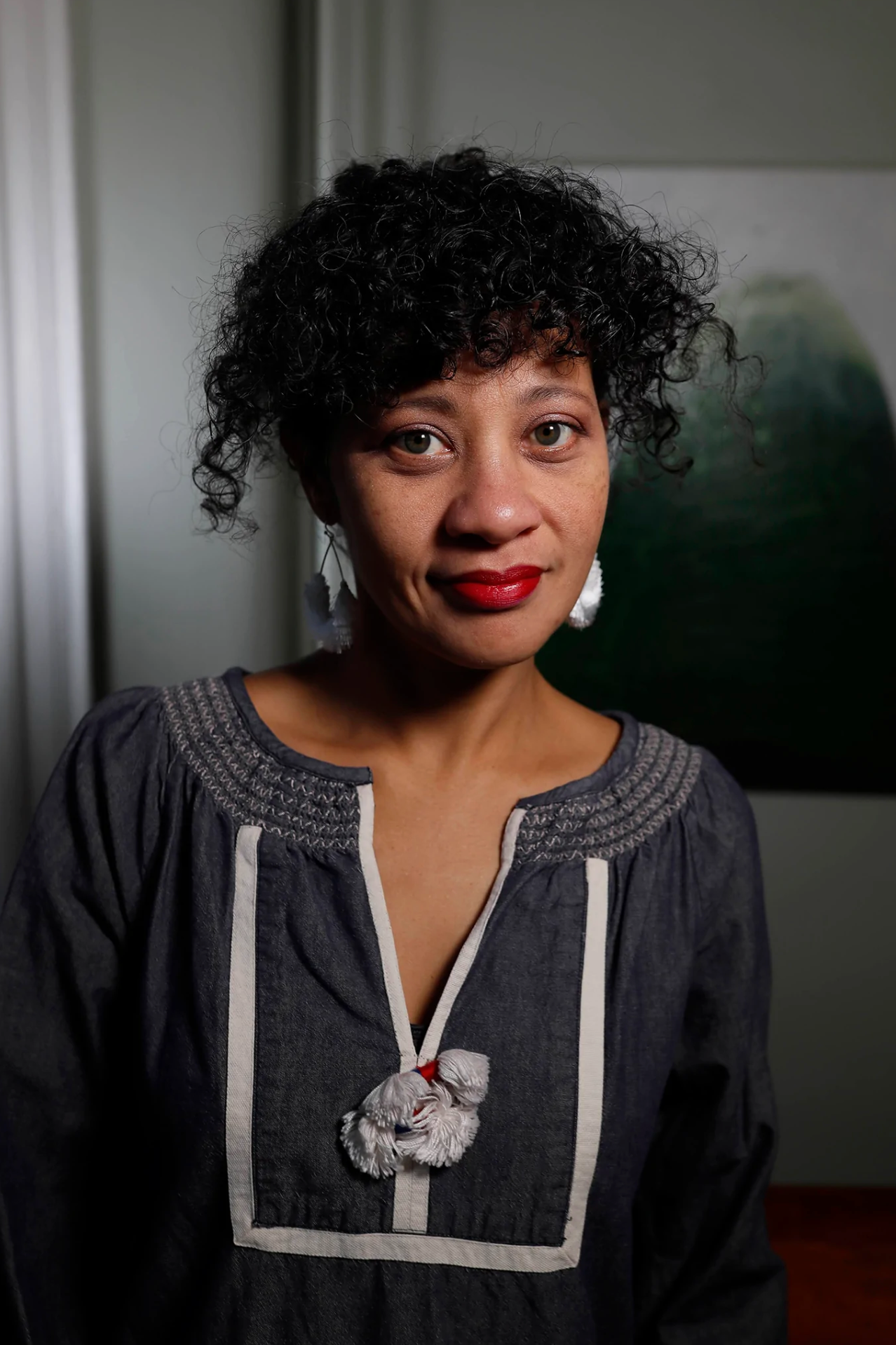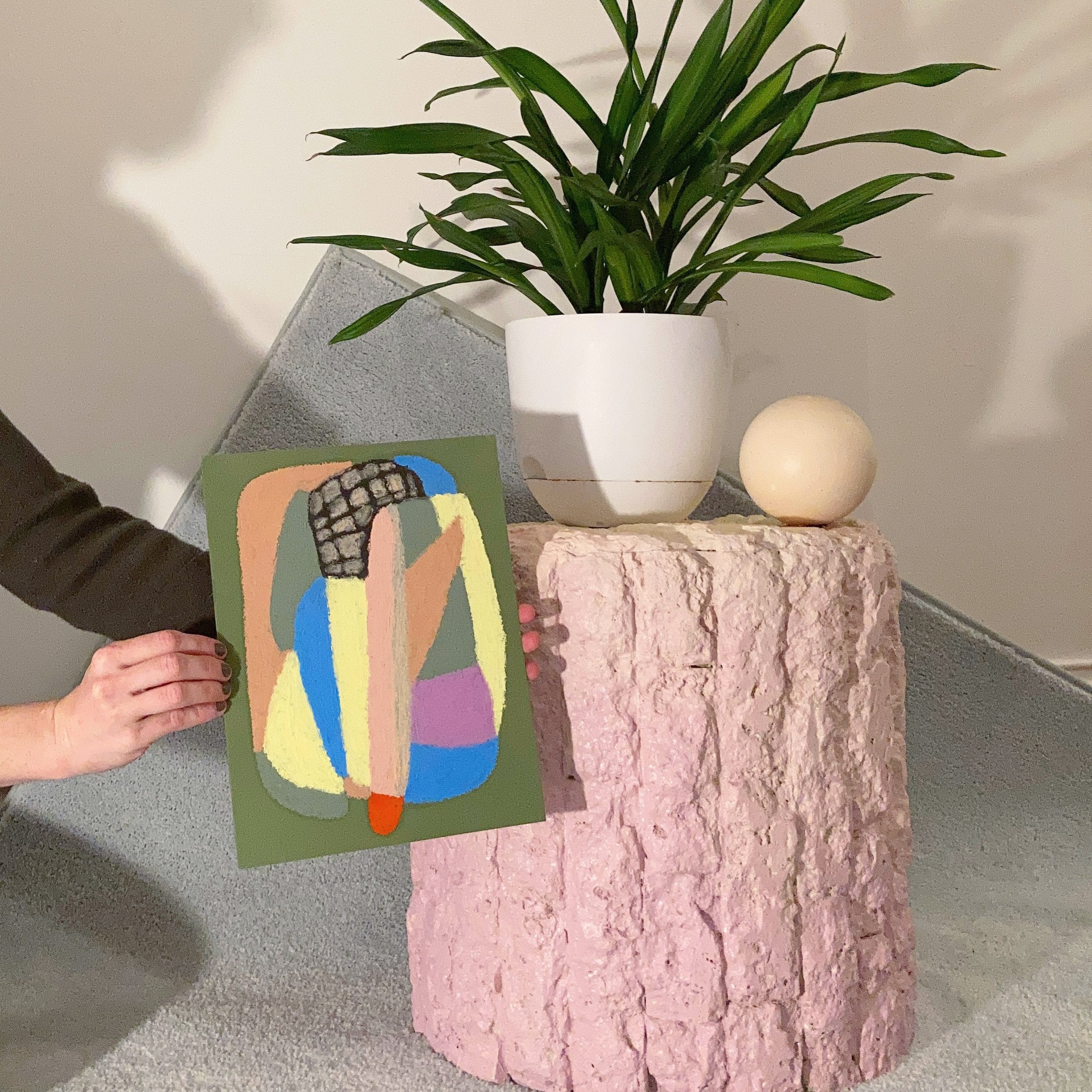No Products in the Cart
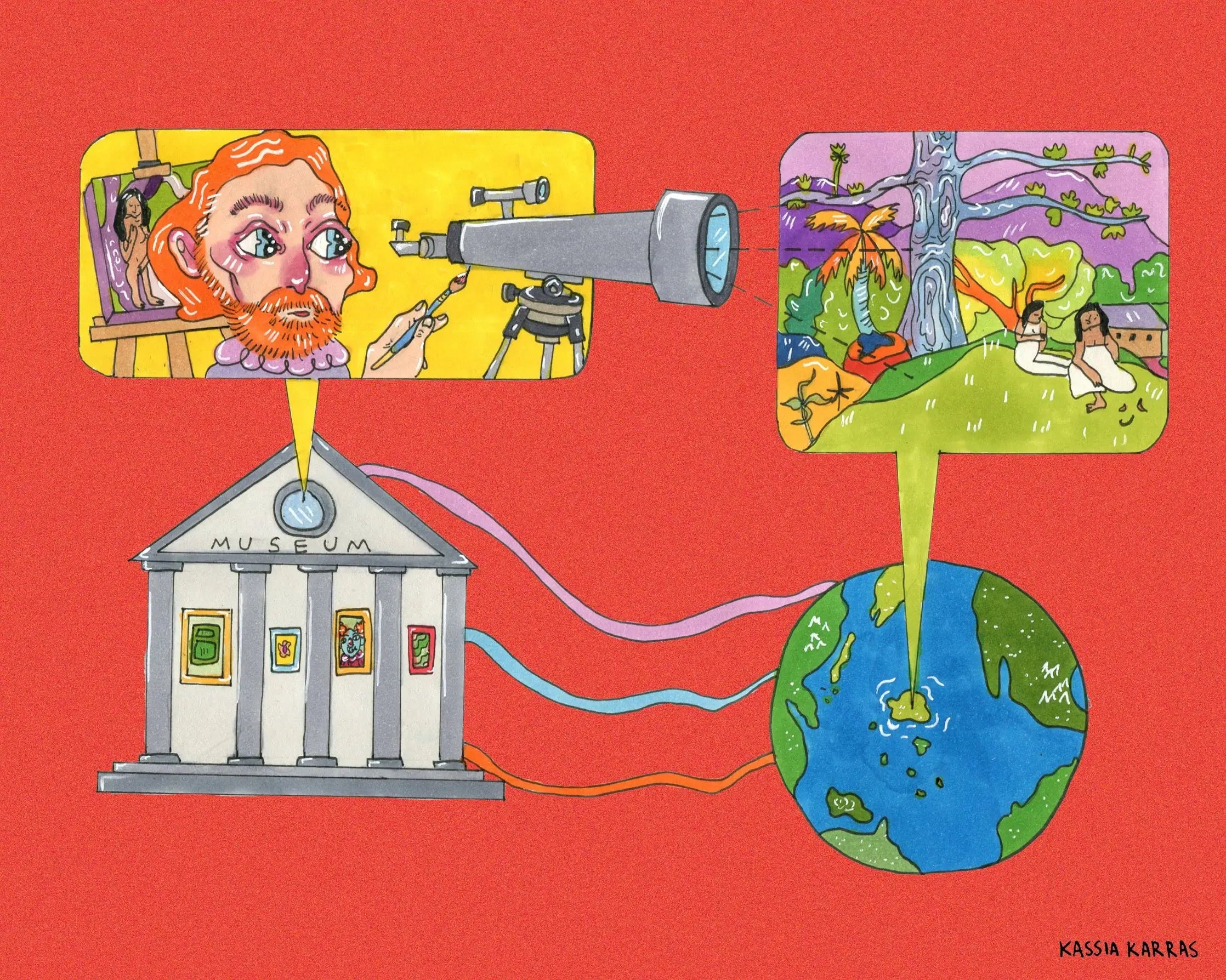
WHEN THE ART WORLD WAS IN TROUBLE, THEY TURNED TO PEOPLE OF COLOR

@purifiedsmoke
We talk about mid-life and now quarter-life crisis, but entire fields of art go through periods of identity crisis, too. Throughout art history, artists or critics suddenly looked back at what they’ve taken as granted and questioned themselves: How should we represent something? Which materials should we use? What is the purpose of all this?
In both personal and artistic crises, things can get crazy, messy, and a bit dramatic - many European artists especially turned to people of color. Picasso turned to West Africa, Van Gogh and Monet turned to Japan, Gauguin turned to the South Pacific.
These iconic artists, some of the most well known in the history of art, are celebrated for ideas which they appropriated.
1. Picasso and True Story of Cubism
Now - Picasso had a whole period called his “African Period”. Kind of like how we all had (we hope, at least) an emo phase in middle school. But unlike the cringieness of our emo phases, Picasso’s fascination with African masks directly led to his most renown Cubist works, an influence that often goes unnoticed.
Picasso’s Still Life with Guitar acts as a sort of transition from the artist’s African period to Cubism. The proximity of these two periods is not a coincidence - rather, Cubism itself was largely inspired by the African art which Picasso collected. When the artist was out of ideas, he looked in his collection, probably at a piece like this African Grebo mask bought by Picasso in 1912.

You probably will notice how both the inside of Picasso’s guitar and the eyes of the Grebo mask are inverted, sticking out instead of sinking in. This idea comes from centuries of West African art, Picasso didn’t just pull it out of thin air. The Spanish artist is renowned for his innovation and new ideas and is considered the father of cubism and perhaps the most important figure of modern art.

2. Can We Draw Inspiration from a Place We’ve Never Been?
The Museum of Modern Art and many other modern art museums around the world start with Impressionism - because it’s considered the genesis of modern art. Yet, this also did not appear out of thin air. It represents yet another occasion in which artists looked East to find inspiration. In the 18th Century, Japanese woodblock prints to European audiences through new trade agreements, which played a key role in the development of Impressionism and artists like Claude Monet.

Monet never visited Japan, but filled his home in northern France with collections of Japanese woodblock prints. These prints clearly had a profound effect on his paintings. Japanese woodblock prints often focused on small landscapes, framed by flowers and trees, and bridges as a recurring motif. More importantly, the use of bright primary colors and flat depictions of objects - without being tied down by the idea of a “realistic” perspective - most impressed European painters who were seeking an escape from classical style painting.

Monet’s Japanese Footbridge from 1899, in particular, was praised for its portrayal of Japanese culture. Though it makes you wonder: if European audiences at the turn of the century were so interested in Japanese culture, why didn’t they invest in art from Japanese artists? Is the peacefulness of a bridge over a pond - which doesn’t really have the Japanese Edo-style ornamentation - in any way a fair representation of Japanese culture? Monet engaged in a kind of selective appropriation, seeing the beauty in one aspect foreign culture which is the “zen” and “nature” that people still associate with Japan.

3. Primitivism - Even More Messed Up than it Sounds
Appropriation motifs and styles from non-European countries became so prevalent in the late 1800s that it is considered its own movement, known as Primitivism. At the turn of the century, many artists and intellectuals in Europe became disillusioned with industrialization and modernization, and the way human lives were becoming increasingly monetized. After all, this was a society where capitalists made five-year-old boys climb into coal mines to take advantage of their little bodies.

In a search for a more “pure”, less materialistic culture, many turned to non-Western civilizations. A problematic name to fit a problematic concept, Primitivism idealized non-Western cultures as pre-industrialized, and therefore more natural, experiences.

Gauguin is one of art history’s most famous appropriators. He travelled constantly in search of a “simpler” culture, first to the northwest of France, where he painted the peasants of Brittany, and eventually ending up in Tahiti. Gauguin romanticized his life in Tahiti, where he enjoyed a life of freedom and was treated like a king by his adolescent wife, inserting himself into a culture where he believed the burdens of modern life could not touch him.
The artist’s imperialistic view of the world took shape in racial and sexual fantasies, like in his paintings from 1892, Tahitian Women Bathing.

Appropriation vs. Appreciation - How to Recognize Both
Just because some of our favorite artists engaged in culture appropriation, doesn’t necessarily mean that we can’t appreciate their art and its beauty. But we have to recognize that many of our favorite art movements were heavily influenced by art created by BIPOC.
It’s important to make the distinction between appropriation and appreciation.
If an artist uses aspects of a culture which is not their own, and uses it for their own personal interest (i.e. creating art, making money from that art) - that is appropriation. Take Picasso for example, though his initial interest in masks from West Africa probably came from a place of genuine curiosity and desire to learn about the culture, it is rarely acknowledged that some of his most celebrated innovations were not his own.
All this is not to say that artists of different races and cultures cannot look outside to find inspiration for their art, but we must understand the difference between appropriation and appreciation. Only looking at a white artist’s take on BIPOC cultures is extremely limiting, that’s why it’s important to amplify voices that have been pushed aside and silenced.



